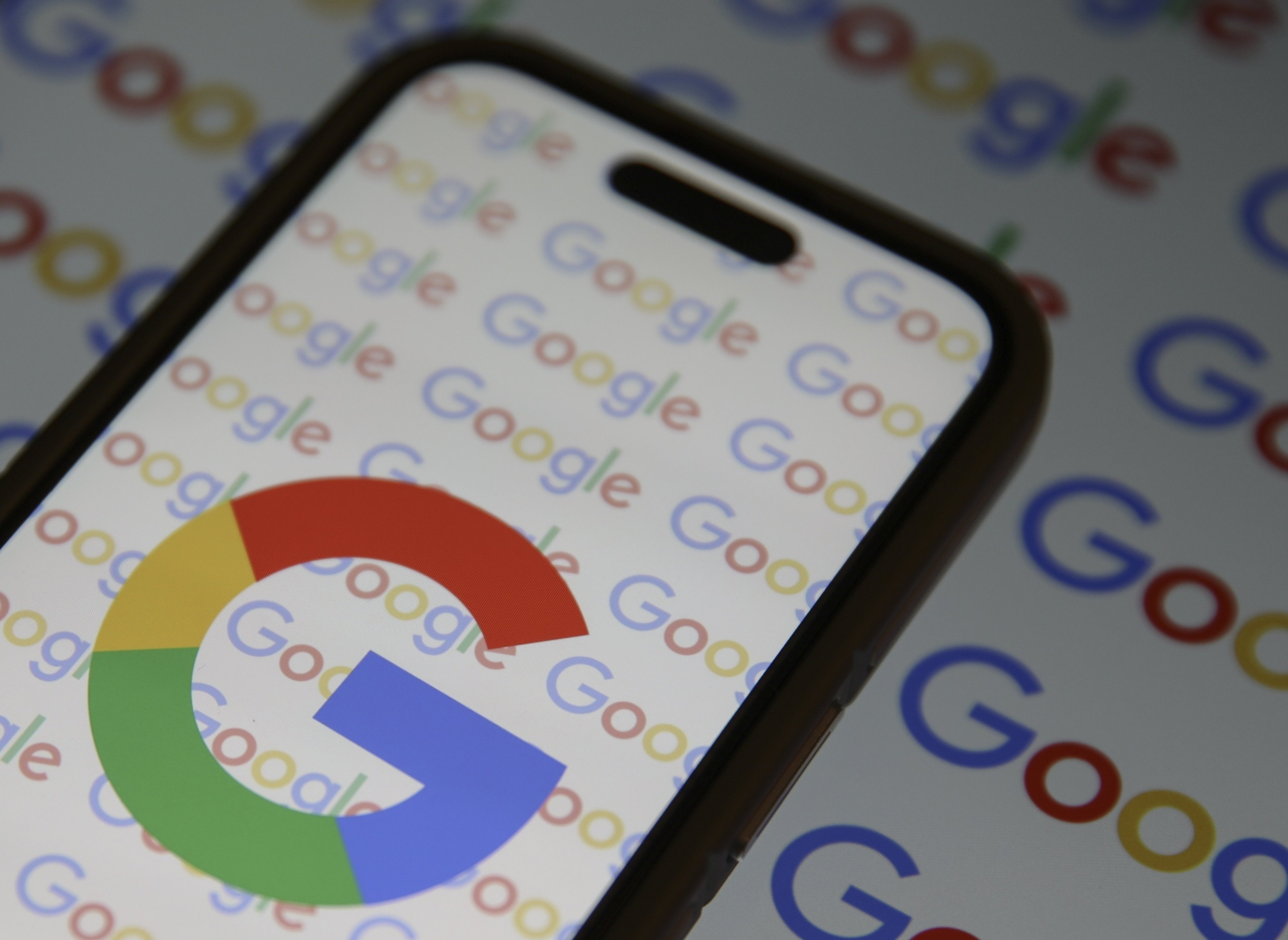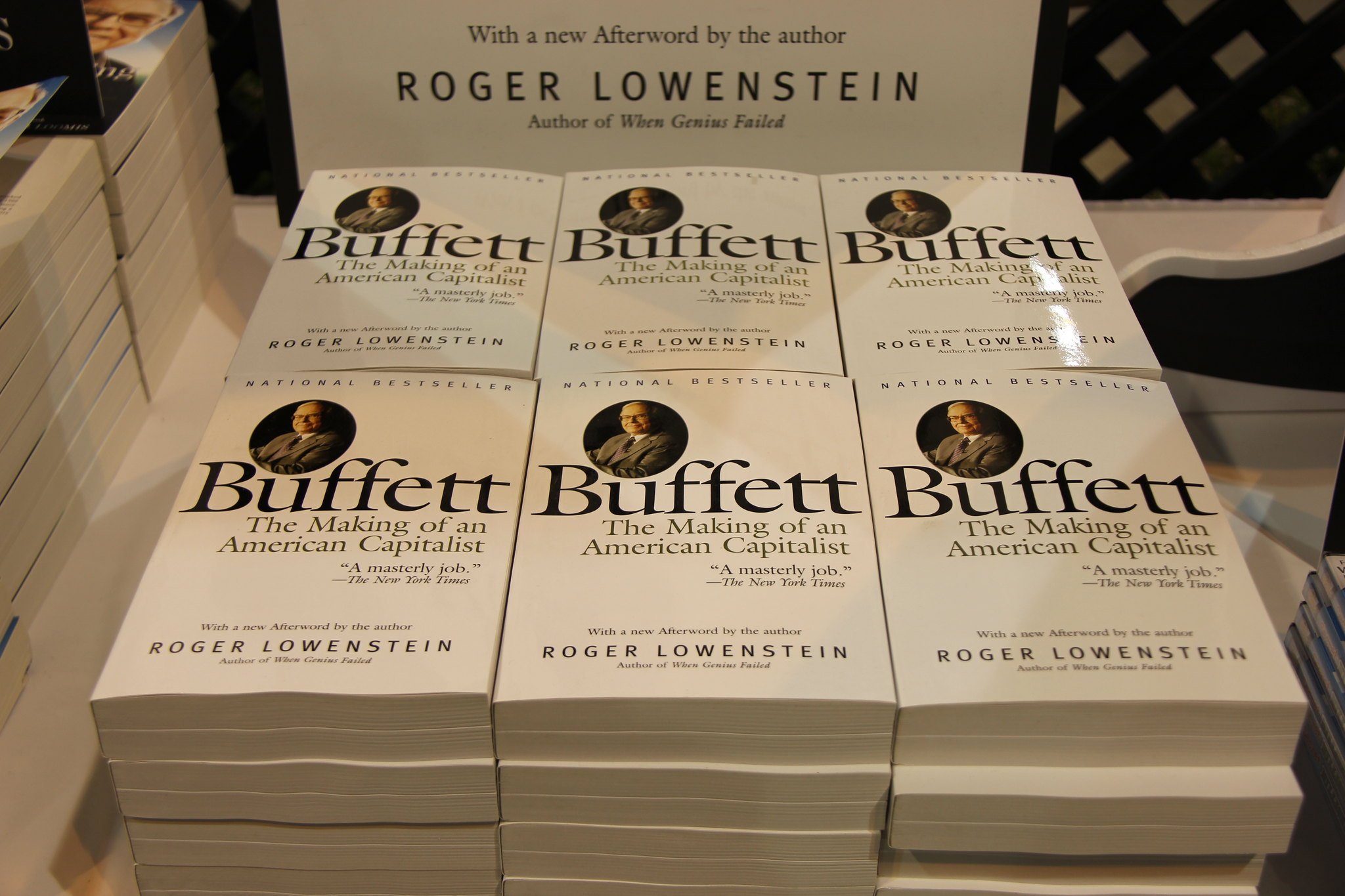Google (GOOG 1.03%) (GOOGL 1.00%) succeeds at a lot of things, but one market where it has failed miserably is the mobile payments industry -- which will grow from $235 billion in transaction volume in 2013 to $721 billion by 2017, according to research firm Gartner.
In 2011, Google entered that market with Google Wallet, a mobile payment system that stores credit, debit, loyalty, and gift cards on smartphones that feature near-field communication (NFC) technology. But over the past three years, Wallet failed to make a dent in the market dominated by Square and eBay's (EBAY +1.03%) PayPal.

Google Wallet. Source: Google Play.
Although the idea of tapping a phone on a PayPass-enabled terminal to check out seemed like a logical way to replace physical wallets, the practice never caught on. Instead, most of Wallet's transaction volume comes from Google Play, while the NFC payment feature is only accepted at a handful of brick-and-mortar retailers across the United States. Google only added PayPal's classic feature of paying by email last May.
Betting on the wrong tech
Google's biggest mistake was believing that people would start tapping registers and others' phones to transfer money.
PayPal and Square realized that with location tracking services and constant Internet connections, NFC chips were redundant for payments. If customers could simply walk into a store, check in, and instantly pay with an app, why would they tap their phones on the register? If two people could pay each other via a simple application, why was tapping phones together necessary?

A credit card with an NFC chip. Source: Wikimedia Commons.
When no one could answer those questions, the industry gave up on the technology as well. Last year, Gartner stated that it expected NFC transactions to account for only 5% of all mobile payments by 2017.
Fighting over a dying market
ln 2010, Verizon, AT&T, and T-Mobile formed the Isis partnership to develop a unified NFC payments platform, since credit card data had to be stored in SIM cards. To lock Google out of the NFC market, the three providers banned Google Wallet from their smartphones.
But these companies were fighting over a dying market -- Wal-Mart ditched both Google Wallet and Isis in December 2012, which convinced other retailers to stay away from NFC. Since the three Isis partners serve the majority of American smartphone users, and Wallet is only available in the U.S., it's no wonder that Wallet flopped.
However, recent reports indicate that Apple's (AAPL +0.04%) iPhone 6 might be equipped with an NFC chip, which could breathe new life into the dying tech.
Missing the right tech
Even if the iPhone 6 features NFC -- which could be enhanced by Apple's rumored mobile payments partnership with Visa, MasterCard, and American Express -- there's no guarantee it will help the technology gain mass adoption. Google failed even while holding a larger market share and ecosystem, and it's unlikely the Isis partners will love Apple's NFC system any more than Wallet.
PayPal and Square have the right idea with simple app-based payments. Last year, PayPal processed $27 billion in mobile payments, nearly double the $14 billion it processed in 2012. Square processed $20 billion in payments in 2013, and it expects to hit $30 billion this year. Square expanded from a simple card-swiping dongle and companion app to a full-featured iPad-based point of sale, or POS, system. In response, PayPal launched a card-reading dongle for mobile devices as well.

Square Stand. Source: Square.
Amazon (AMZN 1.78%) is challenging both PayPal and Square by offering its own card-swiping dongle and POS peripherals. Amazon is offering a promotional rate of 1.75% per card swipe, drastically undercutting Square's 2.75% and PayPal's 2.7% rates.
As this three-way battle heats up, Google remains curiously passive. The company still doesn't offer a card-swiping dongle or POS peripherals, and its transaction fee of 2.9% remains higher than its rivals.
Trying to get back on track
That's not to say that Google has given up on Google Wallet yet. Last September, the company dropped the NFC requirement from the Wallet app and launched it on iOS. In late 2013, Google launched Google Wallet Cards, which are physical debit cards similar to those offered by PayPal.

Google's Wallet Card (L) and PayPal's MasterCard debit card (R). Source: Company websites.
In March, Google took another step away forward by allowing Sionic Mobile's ION Rewards -- a reward-based pay-by-phone app that is not dependent on NFC -- to directly access Google Wallet Instant Buy.
In April, Google finally added host card emulation to Android 4.4, liberating its handsets from the SIM card requirement that the Isis partners previously used to ban Google Wallet. It has also made progress in regular mobile payments with its new API, which is accepted at 25 mobile sites, 25 Android apps, and seven iOS apps.
A Foolish final word
Google, which reported $16 billion in revenue last quarter, certainly doesn't need Wallet to survive.
Yet Wallet could have been the next PayPal, if Google had simply paid more attention to the redundancy of NFC, the rise of Square and payment peripherals, and its own inferior transaction rates. If Google can't get its act together soon, Wallet will simply be remembered as a missed opportunity to get it on a $721 billion market.






